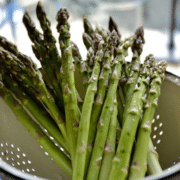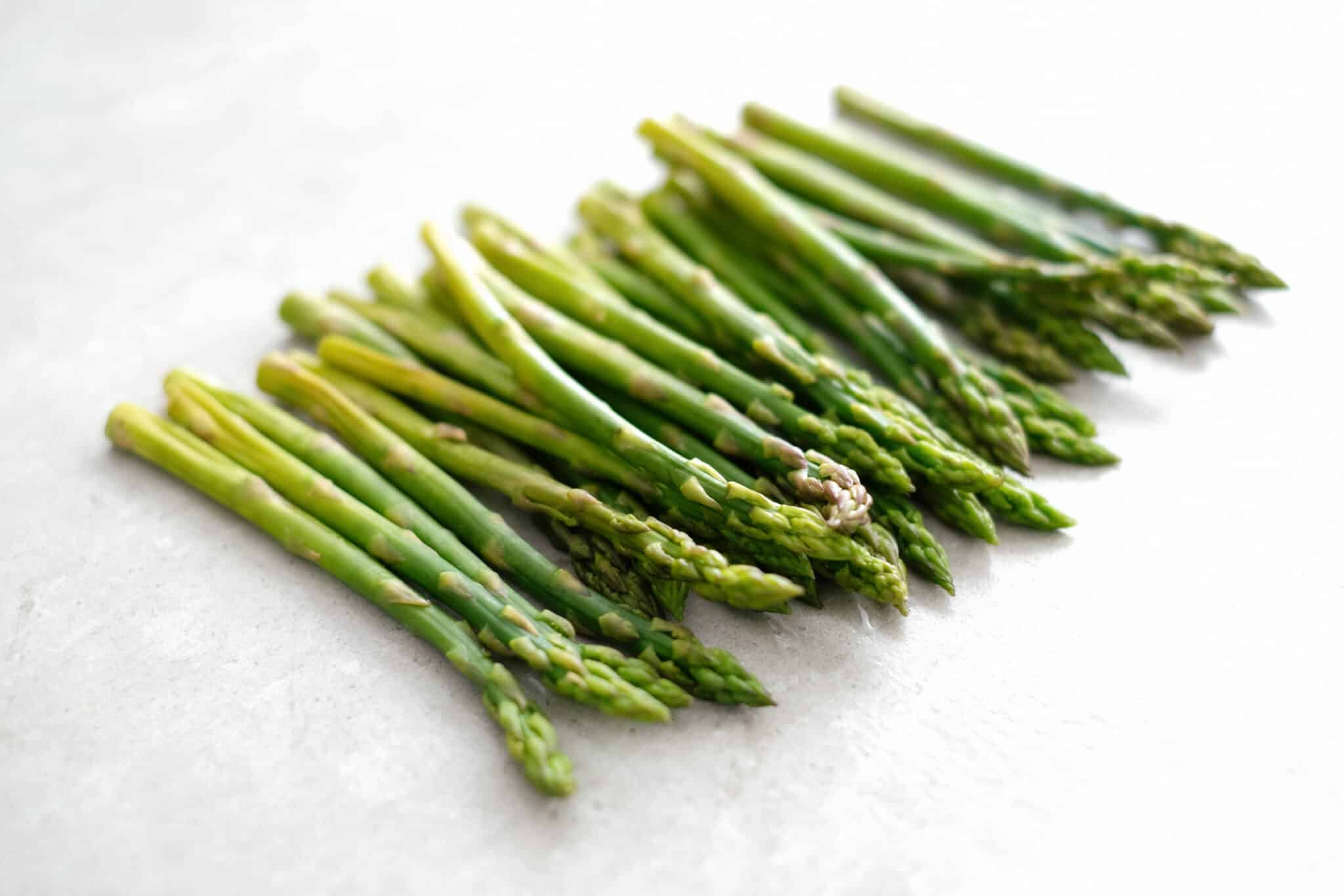Vegetables like asparagus feature in a wide range of recipes today. And of all the numerous ways to prepare them, boiling remains one of the most common methods. Here, you’ll learn how to cook the best-boiled asparagus recipes for your numerous menus. And you’ll also get tips on how to pick the freshest stalks, as well as infuse their flavors.
Perks of boiling asparagus
If you’re an ardent follower of recipe tips, then you must’ve read about how boiling ruins most vegetable dishes. And many cooks swear by their souls that cooking any fresh green veggie in water for long robs it of many nutritional and culinary benefits. While this statement is true for most vegetable recipes, the method you’ll be reading about here isn’t a complete boiling technique but a derivative of it. Still, you may wonder why such a method would even benefit an asparagus recipe, so here are a few advantages you can gain from it;
It Saves Time: Boiled asparagus cooks in such a short time, so you’ll be glad to know about it when you’re in dire need of a side for your steaks.
It’s Versatile: The stalks are cooked such that you can influence the flavor in lots of ways. And the result is a flexible batch of tasty vegetables that go with anything- meat, fish, seafood, and other greens!
It’s Economical: Boiled asparagus is a sure way to gain more by using less. All you’ll need is water, salt, and very little time to make a serving of nutritious greens.
Now that you know how boiled asparagus can be beneficial, we can move on to the next stage: cooking it.
Steps to boiling asparagus
To cook asparagus by boiling, you’ll need to follow some steps. And these instructions must be met so that the recipe can come out with the best results.
View this post on Instagram
Selecting Asparagus
When picking asparagus for boiling, the thickness isn’t an issue. You can choose between thin and thick stalks for cooking in hot water, but note that such size will determine how long it takes in the pot. Also, select asparagus stalks of roughly the same thickness to cook evenly.
Also, note that asparagus needs to be selected in their freshest state, with the stalks assuming a bright green hue. Also, check that the spears are firm with a vibrant spring when bent. The tips of the asparagus should also be closed, and the skin should appear rubbery and smooth in a bunch. And avoid stalks that look soggy or display a weak yellowish-green.
Prepping asparagus
Asparagus stalks normally have woody ends that are tough and fibrous, and these parts take a very long time to cook, if at all. So, these portions are usually trimmed off, either by hand or with a knife. A quick trick for preparing asparagus is bending the stalks between the center and end. The woody part will snap off when you do so, leaving you with the edible, softer region for cooking.
But if you feel this trimming procedure will cause wastage, then consider peeling the ends before cooking. Of course, they may still end up tougher than other parts, but at least they’ll still be chewable, plus you get more for your recipe. And after trimming or peeling, rinse the stems in running water to remove any grit or dirt, especially if you bought them from exposed stalls. And note that you won’t have to pat them dry since you’re cooking them in water.
View this post on Instagram
Boiling Asparagus
The typical method of boiling asparagus isn’t so different from that of other vegetables. The stems are put in a pot of boiling salted water and cooked to tenderness, usually between three to five minutes, depending on the size. Afterward, they’re transferred into an ice bath to stop the internal heat from cooking the stalks and served as desired. But not many prefer this technique, fearing that it costs the vegetables considerable loss of nutrients and crunchiness.
It’s why another method of boiling asparagus is available. And it’s quite easy, plus uses less of the water and more of everything else;
Boil some water in a pan or skillet, enough such that when you place the asparagus in, it’ll only cover them halfway.
Add a bit of salt to the water as it boils and anything else. Interestingly, you can season the boiling water as desired so, consider flavor options from garlic to oregano, rosemary, thyme, bay leaves, or lemon zest. But ensure that you use enough of these ingredients so the flavor can be concentrated enough.
Once the water reaches a boil, place the asparagus in and cover the pan. Thin stalks shouldn’t take more than two minutes to cook, while average ones should use about three minutes. And if the asparagus is large, you can leave them for as long as five minutes. The goal is to get the stalks to turn from a green shade of bright to olive.
Remove the spears at the end of cooking time and dunk them immediately in an ice bath to stop the cooking. Then, serve as desired on any dish you prefer.
Print
Boiled asparagus (4 servings)
Ingredients
- One pound asparagus stalks, thin, washed, and trimmed
- One garlic clove halved
- One strip of lemon zest
- ¼ teaspoon salt
Instructions
- Fill a pan or skillet with three-quarter-inch of water, and add the peel and garlic. Sprinkle the salt, heat it until it boils, and prepare an ice bath while waiting.
- Arrange the asparagus in the boiling water and cover for two minutes, or until they show a color change from bright to olive green.
- Immediately, dunk them into the ice bath for five seconds, and serve as desired.
To help further, here’s a video recipe you can watch.
